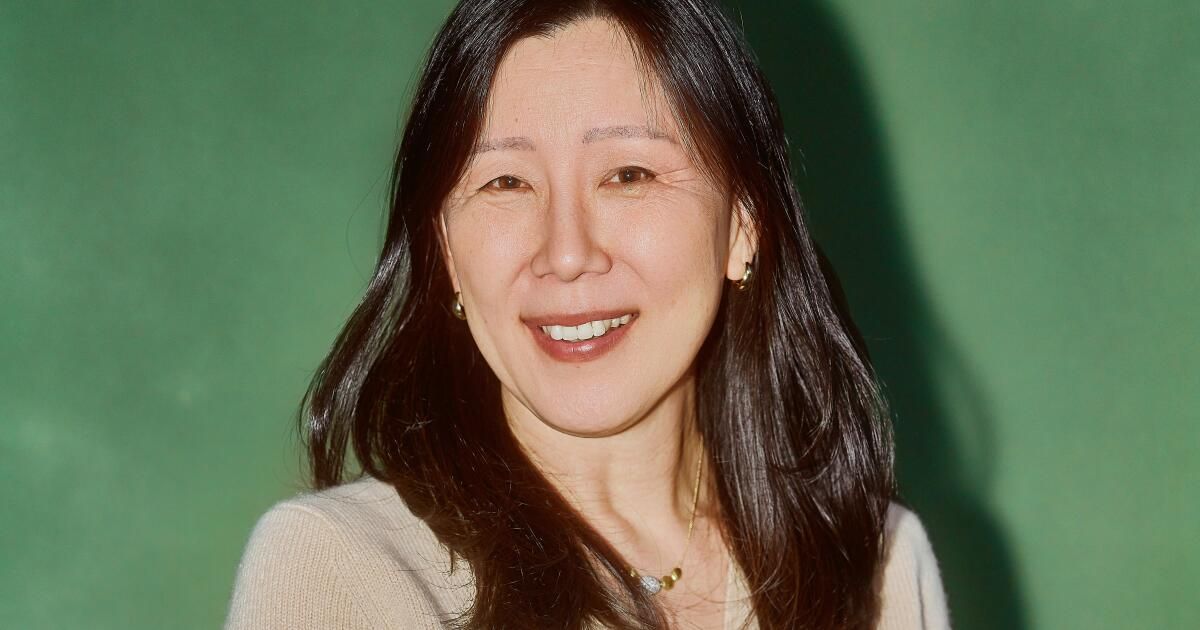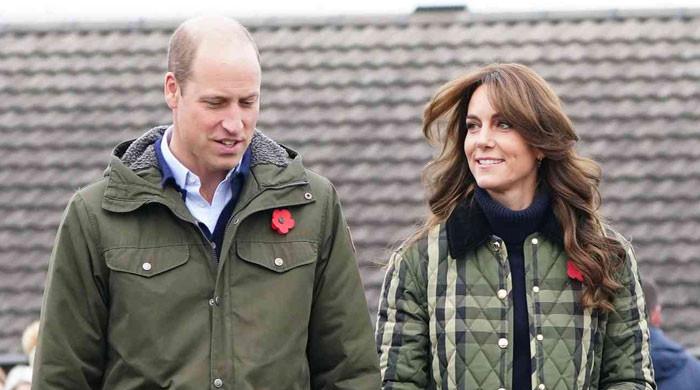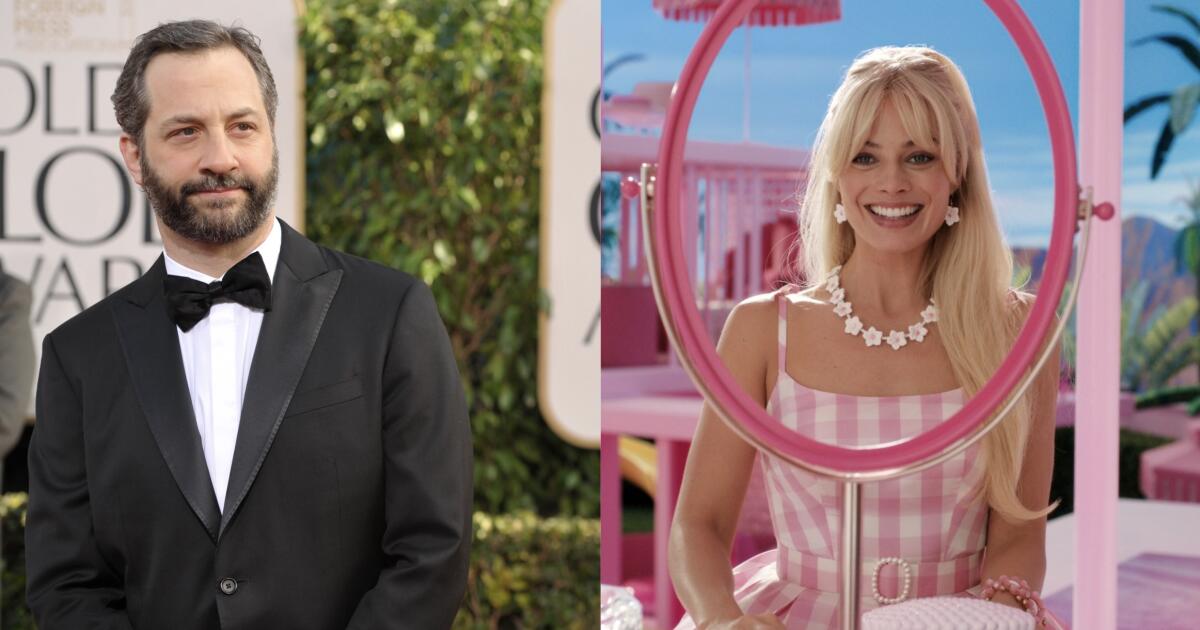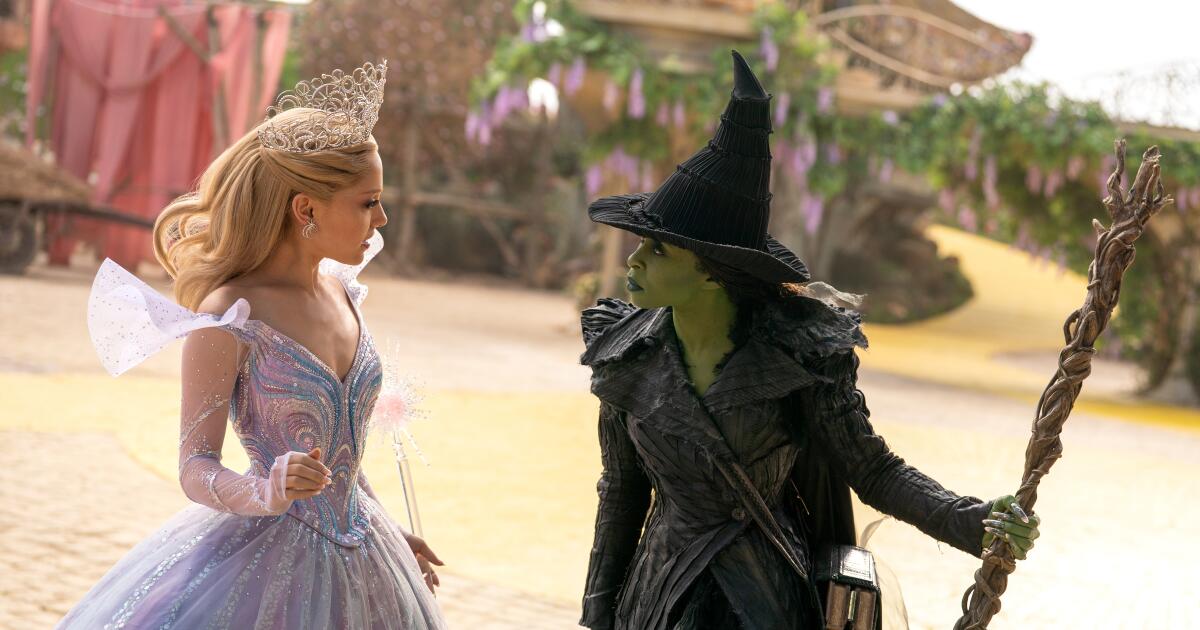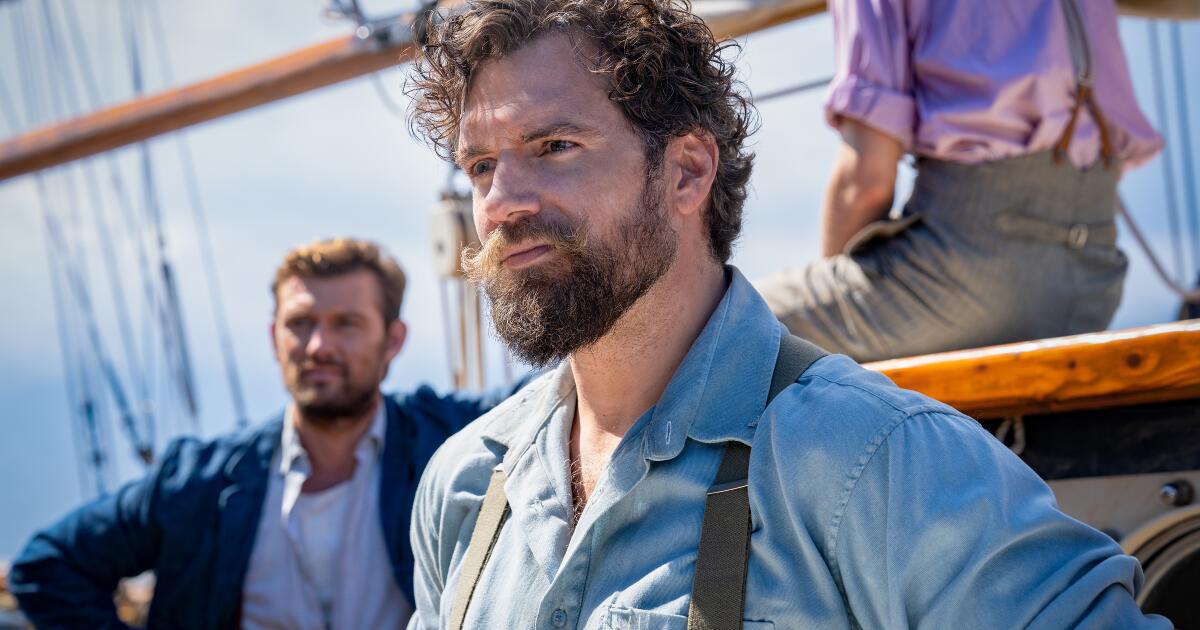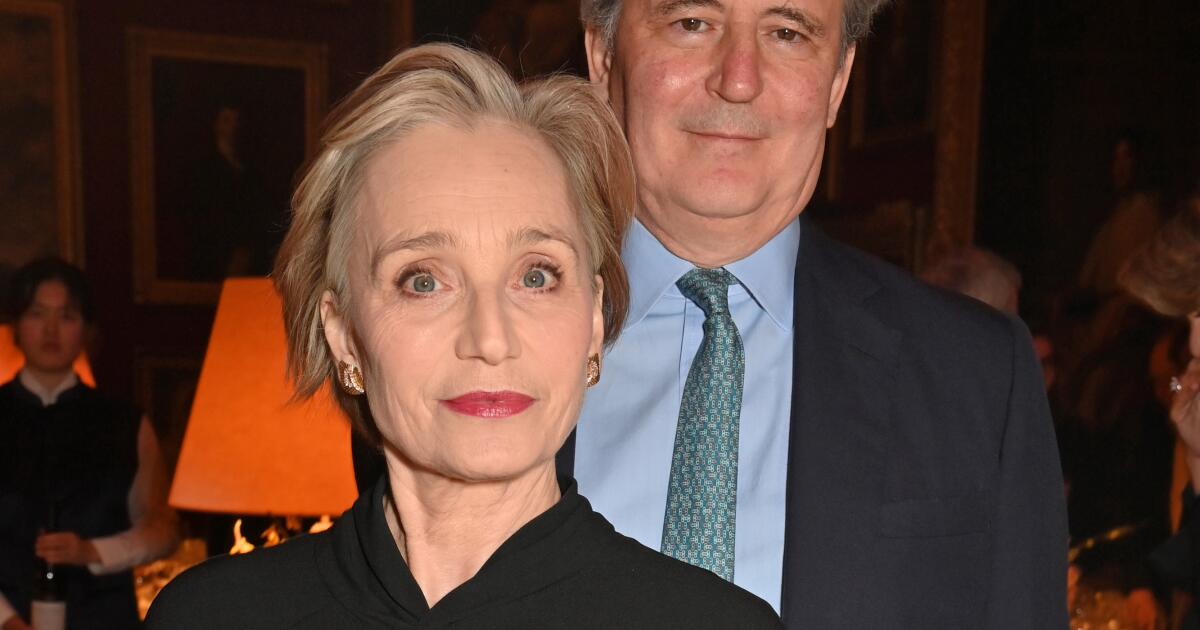LOS GATOS, California.- There's no red carpet for the people who make sure Netflix provides an engaging user experience; There are no Emmys or Oscars for an app that gives you the right recommendations on what to watch next.
But those features, when working correctly, are an advantage for Netflix in the streaming wars. Chief Product Officer Eunice Kim is the executive in charge of overseeing much of what makes Netflix tick, such as adding new features to the streaming service, including live events, ads and mobile games.
Their team analyzes consumer behavior on Netflix to determine what shows and movies might excite viewers on the streaming service and ensures the viewing experience is seamless. As such, he is among the most important Netflix executives you've probably never heard of. That comes with the territory of being the person who makes sure Netflix is a perfect product, one of the most underrated aspects of the streaming wars.
“We make it look easy, but it's really not that easy under the hood,” Kim said. “If we do our job, we shouldn't talk about the product much, but it should work for people.”
Kim, who was promoted to the role in October, joined Netflix in early 2021. She previously held product management positions at Google Play and YouTube. She grew up in Fremont, California, where her father launched a startup out of her garage and she soldered motherboards. When she's not looking at screens, she enjoys gardening.
He spoke to The Times in an interview at Netflix headquarters in Los Gatos. This conversation has been edited for length and clarity.
How do you think the Netflix product experience will evolve as the company Do you add different types of content, such as games or live events?
These new types of content require us to truly evolve the experience we have today. We like to joke that our current homepage experience on TV is about 10 years old. That doesn't mean we haven't worked hard to improve it over time. But at its core, it remains the same and was really created and designed for an on-demand video streaming service. Every facet of how we've organized everything anticipates a video-on-demand experience.
LOS GATOS, CA – JANUARY 11: Netflix Chief Product Officer Eunice Kim is photographed at the Netflix offices in Los Gatos, CA on January 11, 2024.
(Benjamin Heath / For The Times)
Live TV is like, “Hey, everyone gather on the couch now and watch now,” right? So the signals we send to people [to tell users] Now is the time to get together, they are super important. Also in games, the participation and pattern of content are very different. You can play the same game for a few years, if you really like it.
you said Netflix users watch six genres on average. How do you anticipate what people want to see?
We want to pay a little closer attention in real time to how you navigate the service, so we can interpret it a little faster. For example, you paused a bit on this trailer; That may be of interest. We're really just trying to make sure that punctuality is integrated a little more deeply into how we understand your needs.
To some extent, familiarity breeds interest. For example, the first time you see something, you may or may not be paying attention, then you hear about it by word of mouth, maybe there's a review from an LA Times critic that you saw, you see a TikTok video with that title, there's the sign that is on Sunset Boulevard. So it may be that all of those things lead to some degree of interest in a title.
Let's use an example to explain how recommendations work. Like, say, the sci-fi movie “Rebel Moon.”
The very simple signs for us are that you are watching more content and that you are showing us that you enjoy it, that is, that you finish the entire movie or give it a thumbs up at the end. When we think about the categories that help us decide what we like, there are a couple of things we look for, including your past viewing behavior. Is “Rebel Moon” similar to other types of content you see on the service? You either watched the trailer twice, added it to your list, or opened the email about “Rebel Moon.”
And then there's what tells us how we know “Rebel Moon” is a science fiction movie. It sounds very basic, but when you have thousands of titles on the service, how do we rank them? Science fiction is a broad category. “Dune” has a very different flavor than “Rebel Moon.” So the precision of our understanding of the content at what we call the metadata level also helps us understand the similarities of the content.
As user behavior and data affect which trailers or promotion What do we see for Netflix content?
The way we present each title may be slightly different for each person. We might be overplaying the angle of racing drivers being part of a live event like “The Netflix Cup,” or golfers being part of it because we think you're going to recognize the face because we know what you saw. “Formula 1: Drive to survive”. Of course, not everyone who watches Netflix will be interested in a given event. We want to make sure we reach the right people. If we've never seen any indication that you have any interest in sports, we're unlikely to tell you.
How many different trailers are there for each show or movie??
For our biggest titles, we could have up to six on average.
There was a technical problem with the live reunion of the dating reality show “Love Is Blind” in April, what was it one of Netflix's first efforts in live programming. How has Netflix improved its live streaming capabilities since then?
It was definitely a humbling moment for us. We definitely took stock and asked ourselves: what can we do better? We've really been primarily focused on improving our technical capabilities and our operations behind this and we're very excited with how we've been able to pull off “The Netflix Cup” and the most recent live events we've had on the service. . So we feel pretty good, we've learned from it and we've evolved from it.
In any complex technical system, there can be many things that go wrong, right? There is never a world in products and technology where there are no errors. That is simply not possible. So, really the name of the game is how quickly you caught your mistakes and fixed them? That's half the battle in our world.
How is Netflix working to improve the player experience? For example, in the mobile app, players I still need to download the gameyes Through the Apple and Google app storeyes first, instead of it being instantly playable in the Netflix app.
Downloading from app stores is something we do because those are the policies we follow in partnership with Google and Apple. We try to make that discovery as simple and fluid as possible. I think of one feature that we are particularly proud of that made this easier for our members. If you're on your iPhone and you find a game, we have what we call a “bottom sheet experience.” [It] You just swipe up and you can hit “install” and it installs without taking you to the app store. That had a big impact in terms of making the experience easier for our members.
Netflix has expanded the number of games Offers. Do games drive engagement?
We're at almost 90 games right now. We are very pleased with the progress we have made and we met the objectives we had for 2023 around the commitment.
How did you become interested in this type of work?
My dad did a classic hardware startup in his garage. So, from a very young age, I learned how to solder motherboards and inventory microchips and wrote marketing materials for COMDEX, which was the big computer fair at the time.
Discussions about technology and reading science fiction were part of my family upbringing. It was ironic that I ran away to the East Coast to go to college to be a writer because I was so tired of tech talk, but it kept me coming back because there's something really profound about the way technology can improve our lives and bring us joy. It can also bring us misery if we are not careful. I think finding the right balance is very important.

